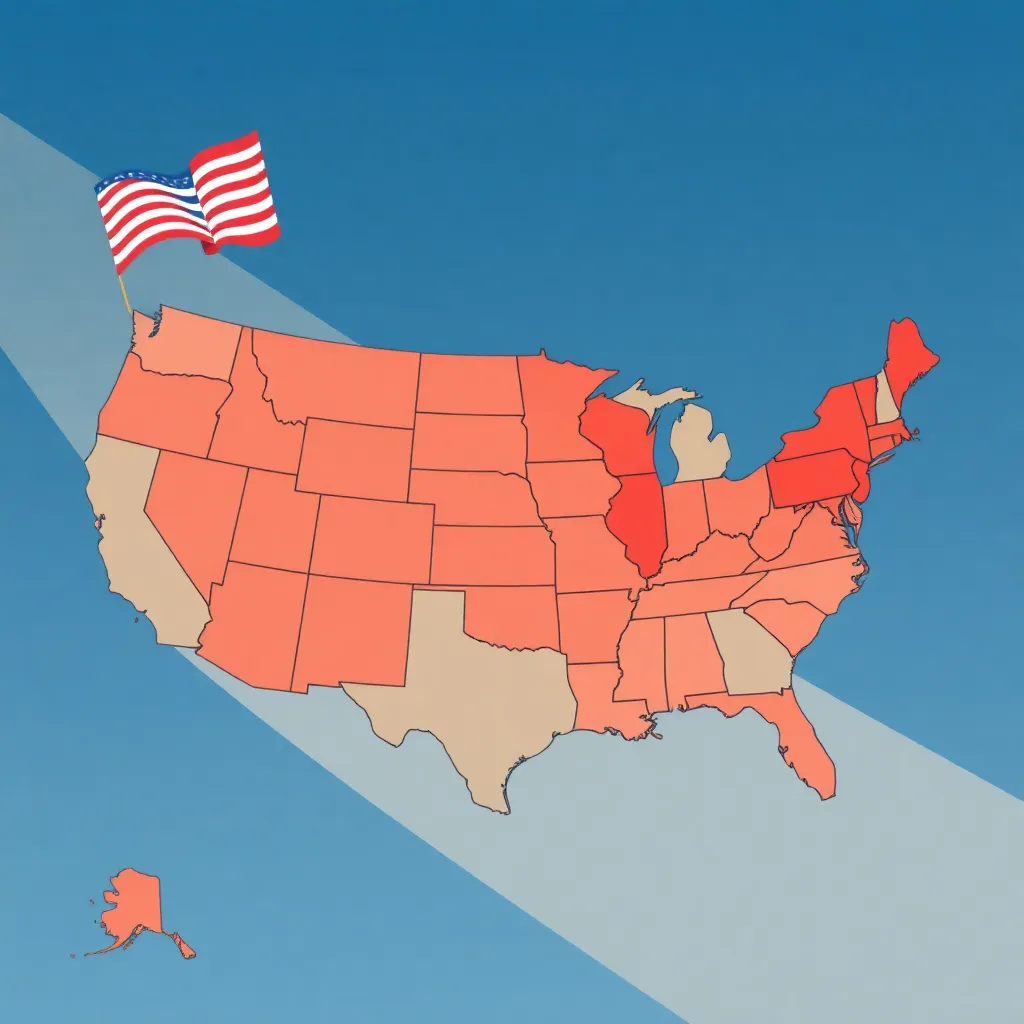

Election Day Nears: High-Stakes Contest in Swing States with Key Demographics, Surprises, and Possible Tie in the Spotlight
Want to target the right audience? Sponsor our site and choose your specific industry to connect with a relevant audience.
Prominent brand mentions across targeted, industry-focused articles
High-visibility placements that speak directly to an engaged local audience
Guaranteed coverage that maximizes exposure and reinforces your brand presence
Interested in seeing what sponsored content looks like on our platform?
May’s Roofing & Contracting
Forwal Construction
NSC Clips
Real Internet Sales
Suited
Florida4Golf
Click the button below to sponsor our articles:
Sponsor Our ArticlesAs Election Day draws near, excitement and uncertainty fill the air in various cities, particularly in the crucial swing states. With polling showing the candidates neck-and-neck, potential outcomes are becoming a topic of much discussion. The landscape across the seven vital swing states—Michigan, Wisconsin, Pennsylvania, Georgia, North Carolina, Nevada, and Arizona—remains incredibly close, with few separating the candidates by more than two points.
Currently, Vice President Kamala Harris holds a slight edge in four out of the seven swing states. This includes significant victories in Michigan, Nevada, Wisconsin, and Pennsylvania. If she can maintain this momentum, she is on course to secure at least 276 electoral votes, surpassing the required 270. Harris’s path to victory largely hinges on winning these three Northern “blue wall” states along with a strong performance in Nebraska’s 2nd Congressional District, where she leads by about 10 points.
Strikingly, the success of Harris in these states may also depend on how she fares with White and older voters. Historically, these demographics lean Republican, but surveys suggest that Democrats like Harris have found some traction with them. States like Michigan, Wisconsin, and Pennsylvania are characterized by a significant presence of older and whiter populations compared to other swing states. This presents an opportunity for Harris to potentially widen her support base.
On the other hand, former President Donald Trump’s road to victory appears more complex. His focus on states like Pennsylvania, Georgia, and North Carolina has gained importance, especially as polling shows a tightening race in Pennsylvania, with only a slight lead for Harris. If Trump can capitalize on the support he has garnered among Black voters, particularly in Georgia and North Carolina, he might find a pathway to success.
Trump’s strategy also includes strong performances across Sun Belt states like Arizona, Georgia, and North Carolina, where he currently leads in polling averages. However, if Trump wishes to win those states, he might also need to secure a strong showing in a Northern state, such as Wisconsin or Pennsylvania. The demographics in these Southern states are notably more diverse compared to their counterparts in the North.
There are also possibilities for unexpected surprises on Election Day. Voter turnout, shifts in opinion, and last-minute changes could all influence the results dramatically. For instance, a strong showing from younger or minority voters could swing the results in favor of Harris, while unexpected gains in traditionally Democratic areas could give Trump the upper hand.
The rare scenario of a 269-269 electoral tie cannot be completely dismissed. If Harris secures wins in Michigan, Pennsylvania, and Wisconsin while losing ground in other states, we may see a contingent election occur, where the House of Representatives makes the final decision on the presidency. This particular outcome adds another layer of complexity to a dramatically evolving election cycle.
As we move closer to Election Day, all eyes are on these closely contested swing states. Polling data signifies tighter races, heightened stakes, and potential surprises that could reshape the political landscape. What remains clear is that voter motivation and turnout will play a crucial role in determining the next president of the United States as we await the final results.
News Summary On February 24, 2025, Fort Mill, SC, was rocked by a tragic shooting…
News Summary Columbia, South Carolina faced severe weather on Sunday morning, with tornado and thunderstorm…
News Summary A South Carolina jury awarded $700 million to the family of Brittanee Drexel,…
News Summary Professionals in Charleston are invited to the 'Business & Brews' networking event at…
News Summary Wilmington, North Carolina, has emerged as the fastest-growing metro area in the state,…
News Summary Spartanburg, South Carolina, is witnessing a tourism boom, contributing $29 billion annually to…